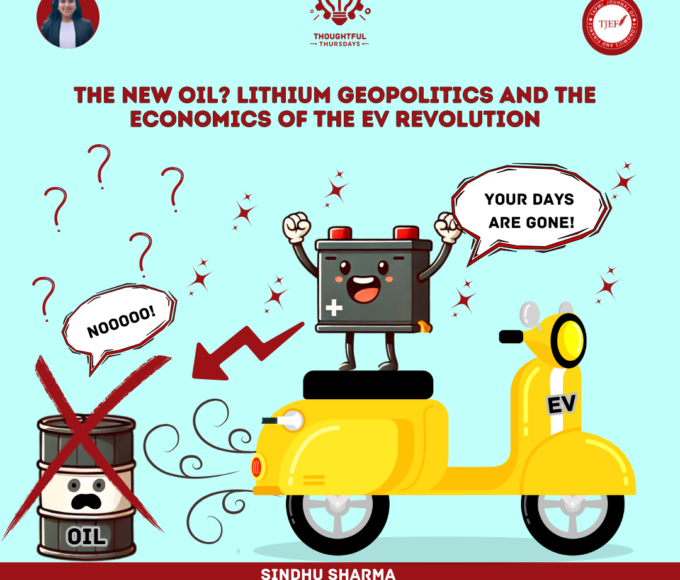Editor || Sindhu Sharma
What if we told you that a resource as common as water could spark revolutions, fuel a billion-dollar industry, and trigger heated debates about ethics and sustainability? Bottled water is no longer just a necessity; it’s a symbol of modern convenience, wealth, and even conflict. From the glittering shelves of high-end supermarkets to bustling street vendors in developing nations, bottled water has become ubiquitous, but its journey has been anything but simple.
From Healing Elixirs to Everyday Essentials
In the 17th century, water from England’s King’s Well was bottled and sold as a remedy for various ailments. By the 19th century, brands like Saratoga Springs in the U.S. turned mineral water into a commercial product. However, the bottled water we recognize today surged in popularity during the 1970s, thanks to Evian and Perrier, which marketed it as a symbol of health and sophistication.
What started as a niche product soon evolved into an industry valued at over $300 billion globally. As urbanization spread and concerns about tap water quality grew, bottled water became not just an option but a preferred choice for millions.
From Convenience to Controversy
Behind the gleaming labels and clever marketing lies a startling economic reality. Producing bottled water is relatively cheap—costing as little as $0.05 per litre—but consumers pay a hefty premium, with prices often 200–300 times higher than tap water. This incredible profit margin has drawn corporations like Nestlé, Coca-Cola, and PepsiCo into the industry.
Setting up a bottled water plant involves an investment of $1–2 million, including costs for water extraction permits, filtration systems, and packaging equipment. For instance, in India, a mid-sized plant producing 10,000 liters per day can cost upwards of ₹1 crore (approx. $125,000) to set up. However, this business comes with a hidden cost: the environmental impact.
The Hidden Costs: Plastic, Pollution, and Protests
The environmental footprint of bottled water is immense. Producing just one litre requires 1.39 litres of water, and the industry generates over 8 million tons of plastic waste annually. Discarded bottles often end up in landfills or oceans, with many finding their way to the infamous Great Pacific Garbage Patch. Additionally, transporting bottled water globally results in 2.5 million tons of CO₂ emissions each year.
This ecological toll has fuelled protests worldwide. In California, Nestlé faced backlash for extracting water from drought-stricken regions. Local communities protested, arguing that the company was prioritizing profits over people. Similarly, in Osceola Township, Michigan, residents successfully blocked Nestlé’s plans to increase water extraction after years of legal battles.
On the global stage, the Cochabamba Water War in Bolivia remains one of the most prominent examples of resistance. In 2000, the privatization of water resources, including bottled water, led to violent protests. The movement ultimately forced the government to cancel the privatization deal, marking a victory for grassroots activism.
Bottled Water and the Geopolitics of Scarcity
As water took centre stage as a strategic resource, bottled water companies have positioned themselves as key players. In India, large corporations control access to aquifers, often at the expense of local farmers. This has given rise to informal “water mafias,” which sell water at inflated prices in urban areas. Meanwhile, in Africa, bottled water is marketed as a necessity due to unreliable public water systems, raising questions about equity and exploitation.
Shifting Perceptions: From Necessity to Status Symbol
The rise of bottled water isn’t just about convenience—it’s also about perception. In the 1980s, Perrier’s marketing campaigns transformed bottled water into a symbol of sophistication. Today, luxury brands like Fiji Water and Evian continue to capitalize on this image, with some bottles selling for hundreds of dollars. In Dubai, one brand even offers water infused with gold flakes for the ultra-wealthy.
However, this shift has come at the cost of traditional practices. In many cultures, clay or copper pots were once used to store and drink water. These eco-friendly practices have been largely replaced by plastic bottles, reflecting a global move toward convenience at the expense of sustainability.
The Business of Bottling: Competitors and Global Players
The bottled water industry is dominated by giants like Nestlé (Pure Life, Perrier), Coca-Cola (Dasani), and PepsiCo (Aquafina). Together, these companies generate billions in annual revenue. For example, Nestlé’s bottled water brands alone bring in over $8 billion annually, making it one of the most profitable segments of their portfolio.
In emerging markets, local players like Bisleri in India have captured significant market share, catering to middle-class consumers concerned about water safety. The competition is fierce, and companies constantly innovate, offering flavored, sparkling, and vitamin-infused waters.
Ethical Dilemmas: Should Water Be a Commodity?
The commercialization of water raises profound ethical questions. Advocates argue that bottled water provides access to clean drinking water in areas where public systems fail. Critics, however, contend that commodifying water exacerbates inequality, allowing corporations to profit while vulnerable populations struggle for access.
Protests and resistance movements continue to challenge the status quo. In Canada, Indigenous groups have long opposed water extraction projects that threaten their lands. Organizations like WaterAid advocate for water as a public good, not a commercial product.
The Future of Bottled Water: Sustainability or Stagnation?
As environmental concerns grow, companies are exploring sustainable solutions. Boxed Water and aluminium bottles are emerging as eco-friendly alternatives. Meanwhile, governments are imposing stricter regulations on water extraction and plastic usage. Consumers are also shifting their preferences. Reusable bottles and filtered tap water are gaining popularity, especially in developed nations. However, in regions with unreliable public water systems, bottled water remains a necessity.
Conclusion: A Paradox of Progress
Bottled water represents the paradox of progress—offering convenience and access while raising serious questions about sustainability and ethics. Its journey from a luxury to a necessity reflects broader societal changes, but its future depends on finding a balance between profit, equity, and environmental responsibility. Whether bottled water remains a symbol of modern convenience or becomes a relic of unsustainable practices lies in the hands of consumers, corporations, and policymakers alike.















Leave a comment